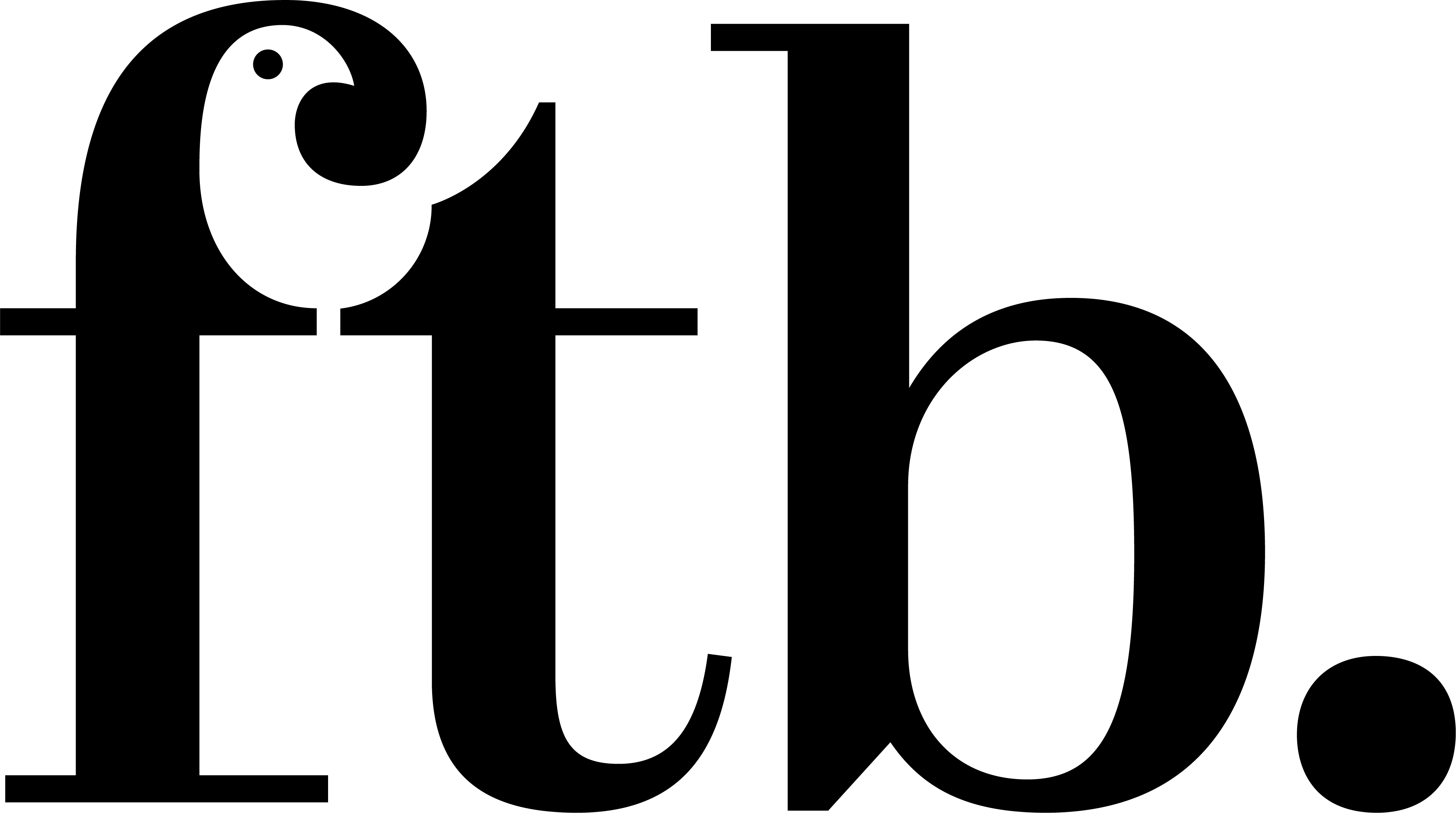Beautiful Thinking.

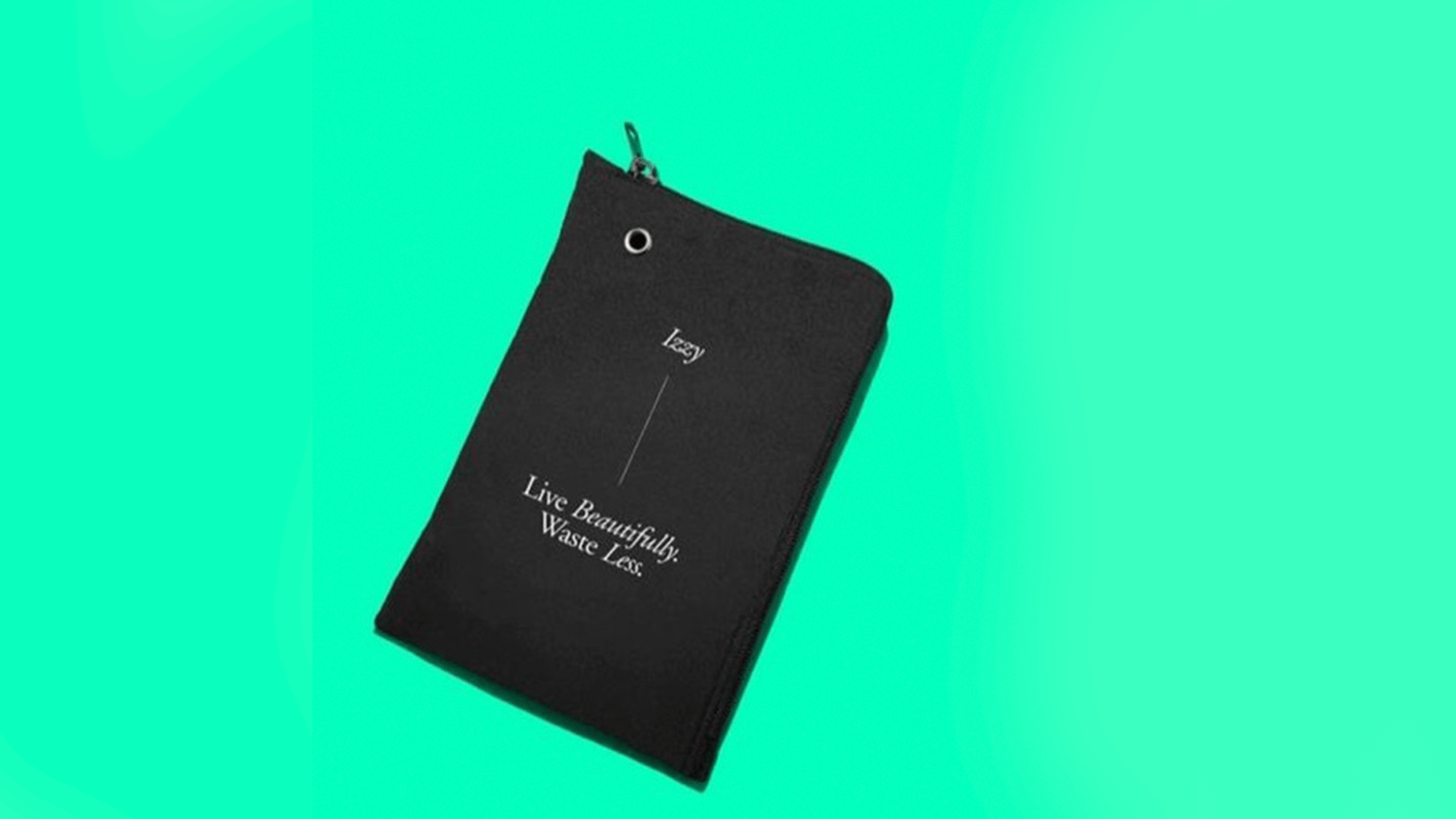
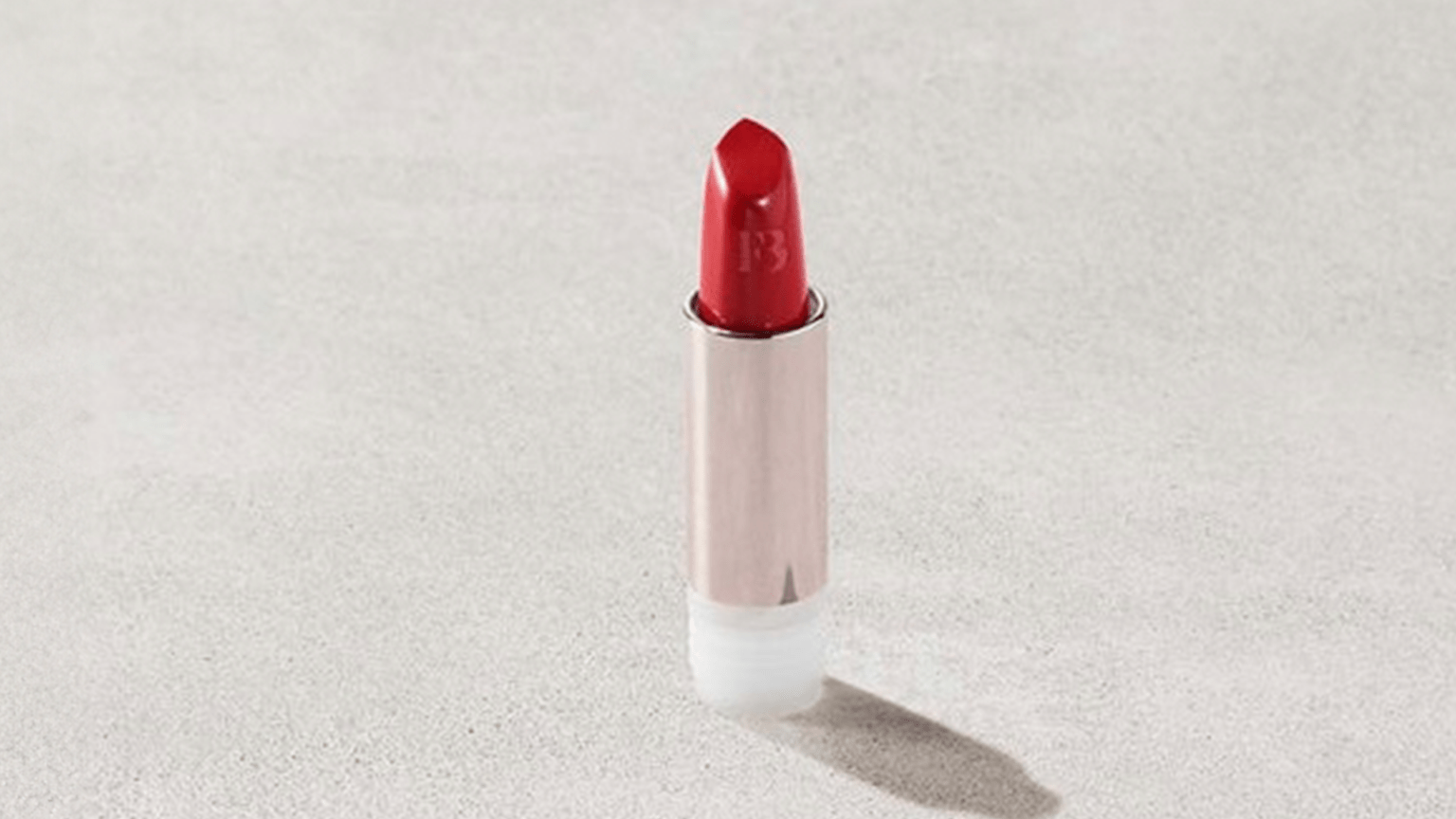
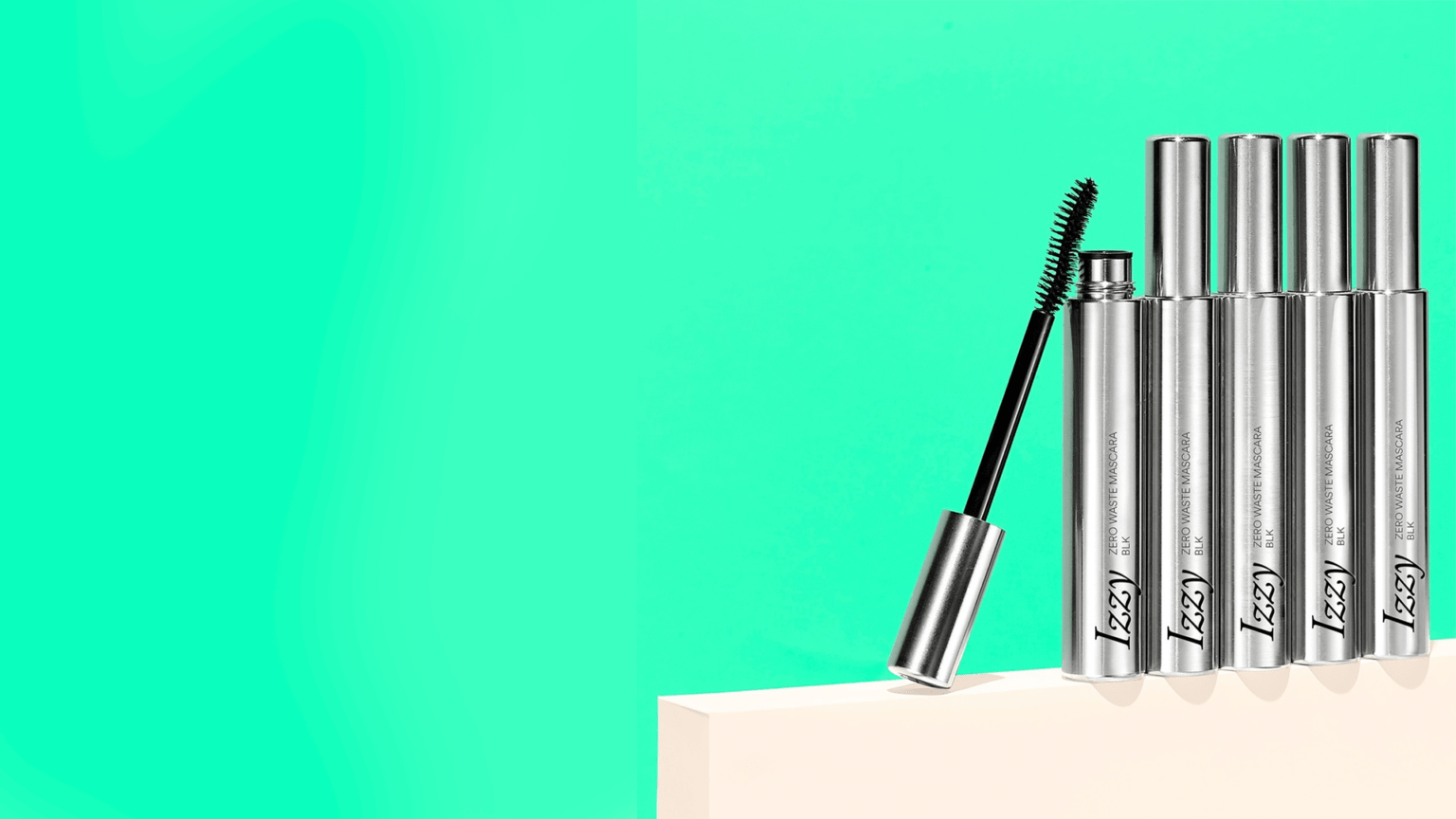



Ultimately, they would prefer the companies behind their chosen products to do the heavy lifting for them.
A recent report from the Ellen MacArthur Foundation (EMF), an organisation dedicated to creating a circular economy, has demonstrated the potential of refillable packaging movement with a difference; returnable packaging. This alternative is by no means a truly original or breakthrough idea – once upon a time, this was a standard practice before the dominance of single use plastics. It does however hold the potential to fill holes that persist in refill practices, whereby companies (who don’t operate with refill solutions) often rely on consumers to make a dual purchase in the original product to be refilled, and the pouches which refill it (something which in itself feels counter productive to the movement).
The study from the EMF addressed both the challenges and the potential of the opportunity to build scalable returnable packaging across a number of industries. The most basic explanation presents a seemingly simple solution: once a customer has finished using a product, it is returned to the company from whom they have essentially ‘rented’ the packaging, where it is sanitised and refilled before being returned to the shelves.
It is here that we encounter the first hurdle – how is this empty packaging returned? Companies partaking in the practice will need to add a layer of infrastructure to conduct the return process.
The second hurdle to standardisation of this system is the number of brands who can utilise the same refillable packaging. Where more brands use the same-shaped bottle, the more cost effective it becomes. This would allow a more centralised infrastructure for cleaning and sterilising bottles once they’re returned – a factor which, if achieved, would encourage more and more companies to sign up to the scheme.
The third becomes the number of times which a product package can be reused, and the cost associated with this figure. The higher the number of refills possible, the more cost effective against disposable packaging. Without a strong rate of reusability, the reduction in emissions made possible by returnable packaging becomes negligible, due to the additional layer of logistics required to return the packaging to the manufacturer. In addition, the methods used to clean and sterilise bottles can add up in terms of water use.
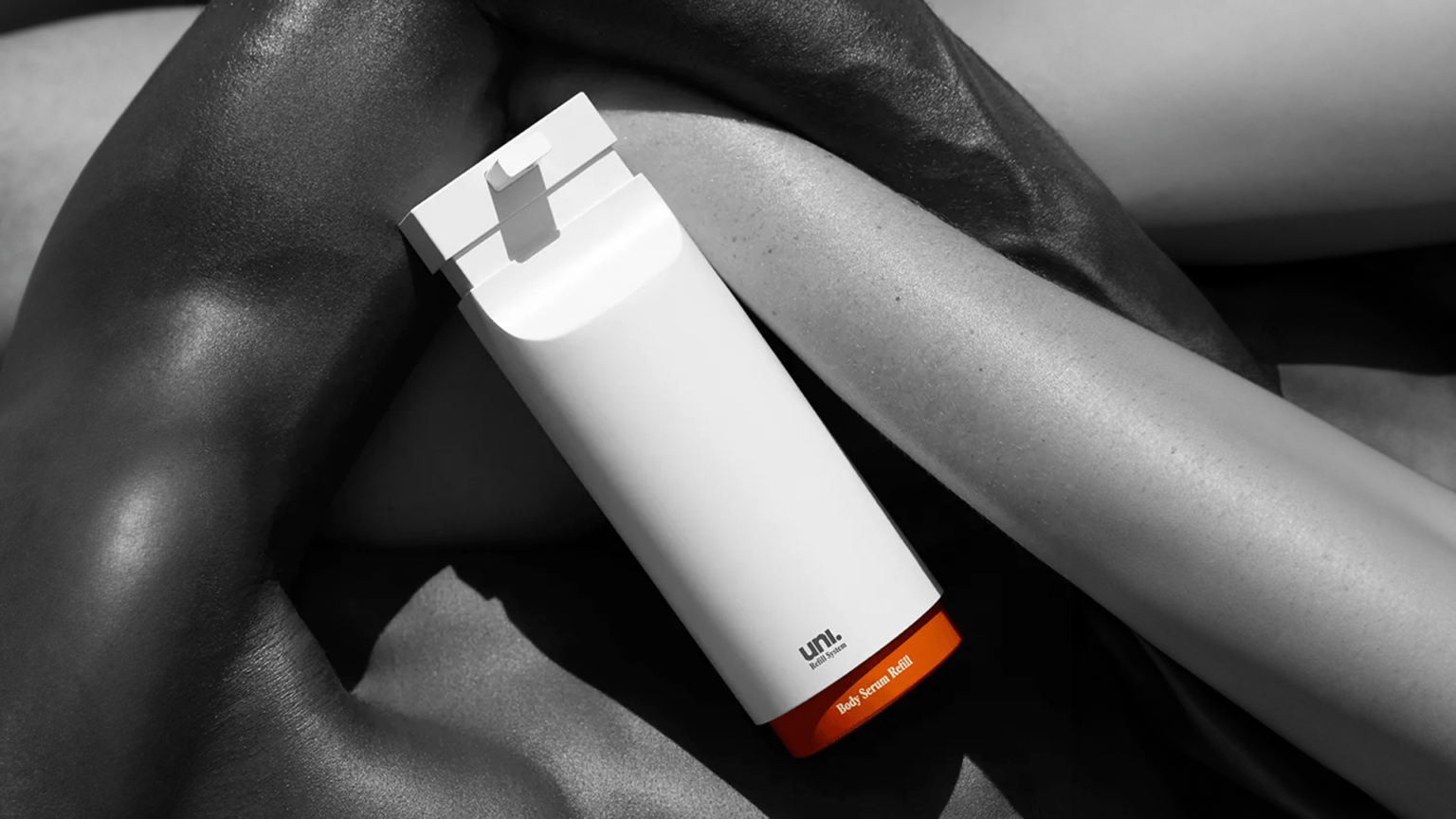



Products that typically run out more quickly, whereby the chance that the packaging can deteriorate or become damaged is reduced, will boost the longevity of the returnable cycle.
From a consumer psychology standpoint, there are far fewer hurdles to be jumped, as it mirrors the shopping journey one would take if they were purchasing a product in disposable packaging. Instead of throwing their empty product in the bin, it is collected by the manufacturer. In a world in which consumers are crying out for the brands to do the heavy lifting for them, and bemoaning a lack of ease in recycling when something cannot be put in a curbside bin, this process offers greater ease and therefore greater consumer satisfaction.
Of course, this reduction is contingent upon cost effectiveness in successfully jumping the hurdles detailed above.
With these potential roadblocks and the homogenisation required, it is interesting to see how the beauty industry might step up to the plate. Despite seeing strong advances in some areas (the lipstick effect continues in strength where refills are being touted from some of the biggest beauty houses like Chanel and Fenty Beauty), the beauty industry as a whole remains one of the biggest culprits in contribution to landfills.
In 2020, the University of Connecticut estimated that the industry creates 120 billion units of packaging on an annual basis. 70% of this is destined for landfills.
There are companies who are already leading the pack in the returnable packaging movement; in 2021 Izzy Zero Waste Beauty launched a returnable, stainless steel mascara which, according to Beauty Matter, has an impressive 97% return rate. The company overcomes logistical road bumps by operating the business as a subscription service, where customers return their empty mascara tubes in the envelope that their new product arrives in.
Body-care company Uni launched in 2022 with inspiration taken from the classic milkman business model. Operating a closed loop system, the Aluminium bottles used for the range (which includes shampoo, conditioner, hand wash, body wash and serum) can be returned to the brand when the customer runs out, where they’re refilled. Design was a significant factor for the brand upon launch, tapping into the expertise of creative director Marc Atlan, whose background included refillable makeup for Kjaer Weis and Comme des Garçons’ famed concrete fragrance bottle.
